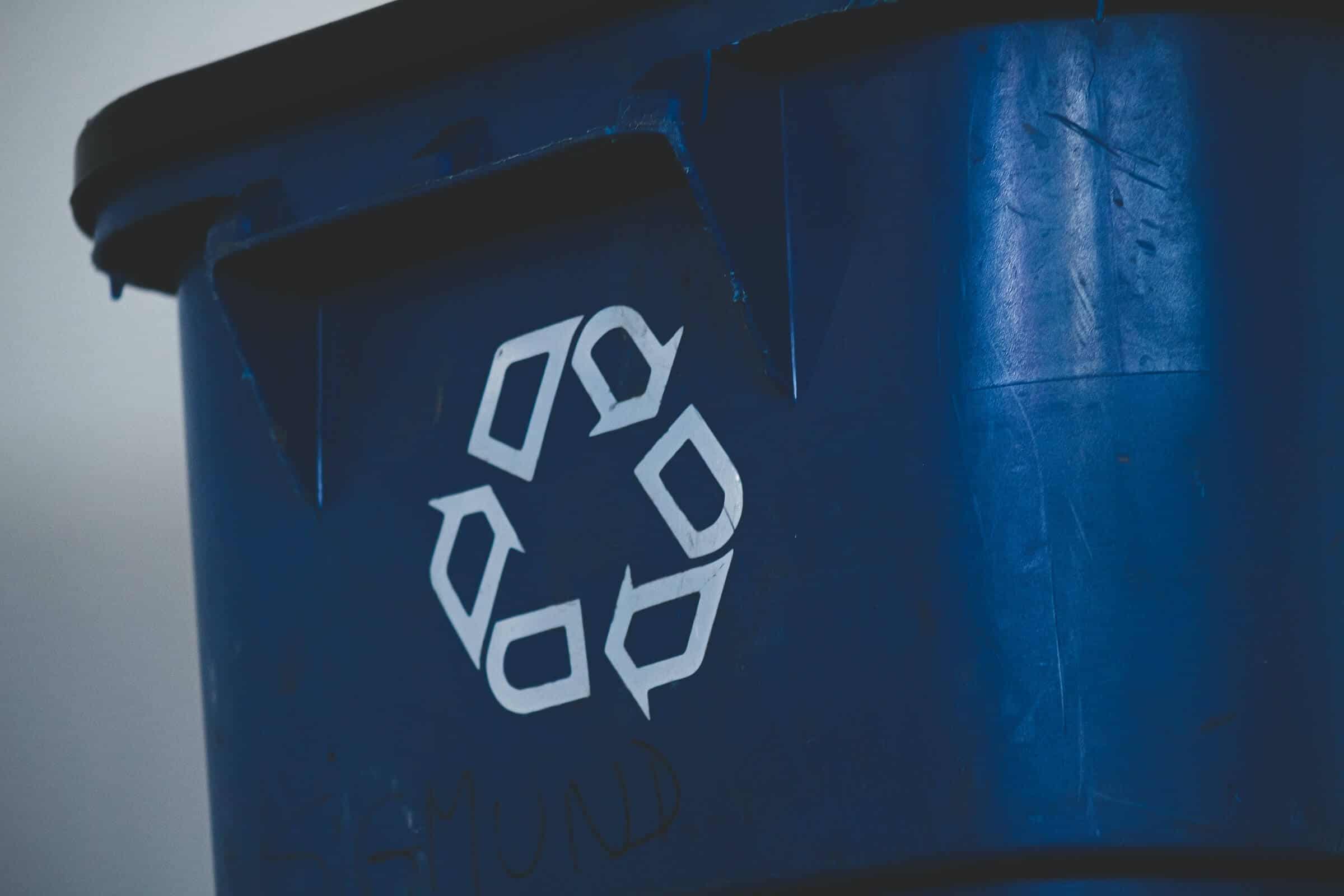In this article, we explain what the circular economy consists of, as well as the initiatives we carry out at Infinitia, and how we work on a daily basis to extend the life cycle of our customers’ products, facilitate their repair and give a second life to old or obsolete products.
What is the circular economy?
The circular economy is a new model of production and consumption that prioritizes the use of resources while reducing the waste of raw materials, water and other energy sources. This new economic system differs from the linear system of ‘use and throw away’, where waste is predominant and the continuous expenditure of natural resources.
Sustainability, the driving force behind any current action, is the general objective that encompasses the circular economy. In this way, and with the implementation of this five-phase process -extract, produce, consume, reuse and recycle- it is possible to adjust the global system to the needs of society.
Circular economy at Infinitia
Because we do not want our work to have a negative impact on the planet, we help our clients minimize material defects in their products by implementing a circular production strategy based on our three lines of business – Forensic Engineering, Materials Innovation, Strategic Design and Prototyping – and on five of the 7Rs: redesign, reduce, reuse, repair and recycle.
Redesign
From the design phase of our products, we incorporate technologies that are more efficient than conventional ones -such as plasma, laser or 3D- to minimize the consumption of raw materials, increase the subsequent recycling of their components and avoid new waste.
This technique, “eco-design”, is the main driver of the circular economy. It uses environmentally friendly materials in its production and is nowadays as important an innovation factor as any other product feature. Ultimately, the aim is to rethink the result with a vision of the future, seeking efficiency and providing solutions accordingly.
In this sense, Infinitia works with technologies that do not require the use of consumables and work throughout their useful life. To cite an example, for a customer who needed to eliminate bad odors, we provided catalytic filters that did not need to be replaced. In short, to name another challenge, from the Strategic Design and Prototyping area, we adapted a product to improve its brand design with sustainable values, analyzing the key attributes that allowed us to reach the final approach.
Reduce
The second guideline we use to achieve a more responsible production involves reduction in all areas: waste, raw materials, energy, etc. To meet the needs of a client who required the design of a product related to food preservation in the domestic environment, the Infinitia team used different techniques to identify opportunities in the sector and to adapt to the demands of users who are constantly looking for sustainability.
Reuse
The transition to a circular economy also rests on the pillar of reuse, i.e. it is mandatory to extend the life of products by giving them another use. To this end, through innovation in materials, new materials were obtained by modifying the surface finish on plastics, thus achieving added value for the final application.
Recycling
Recycling also consists of giving a second life to a product, transforming waste into raw materials that return to the production process. SOUJI collaborated with Infinitia to reuse oil in order to avoid contamination and obtain soap without using toxic caustic soda. Our role in this project consisted in the development of a machine that mechanizes recycling and transfers it to wider markets, always taking into account other maxims such as eco-design.
Repair
Advancing in this model – necessary to protect and preserve the planet – also requires the services of Forensic Engineering to investigate the causes of a component failure, to repair it and prevent it from occurring in the future. At Infinita, we apply it to materials and thanks to this, we make possible a lower consumption of them, as well as an optimization of costs and available resources.
In short, entering the circle brings improvements in efficiency, greater risk control, innovation, resilience and competitiveness, while redefining the concept of growth and progress to achieve a restorative economic system.
Do you want to design a new product or material design and need expert advice that advocates the circular economy? Contact our team and we will inform you without obligation.

